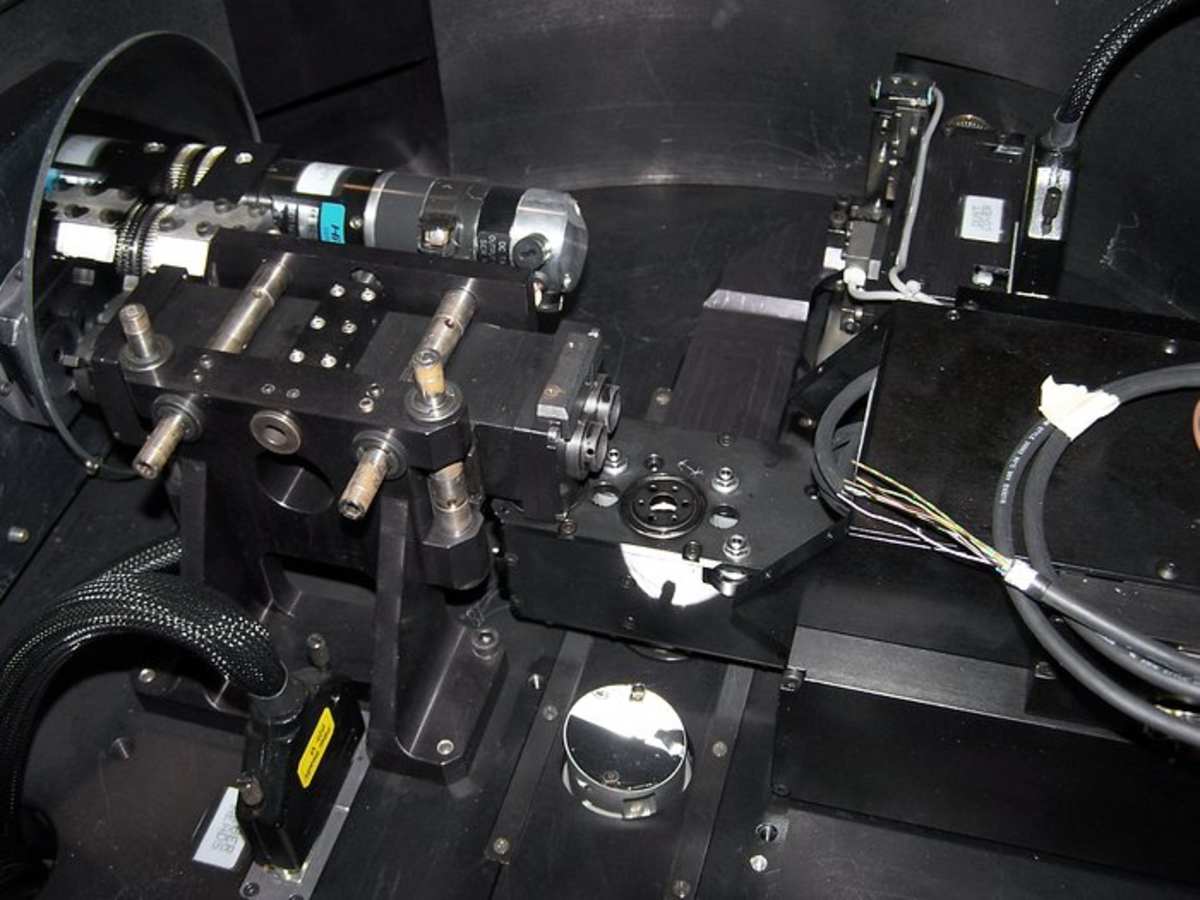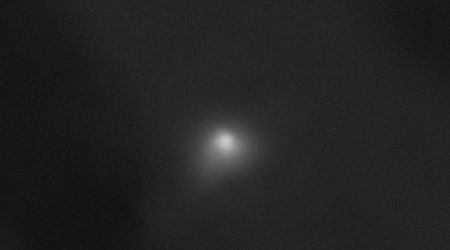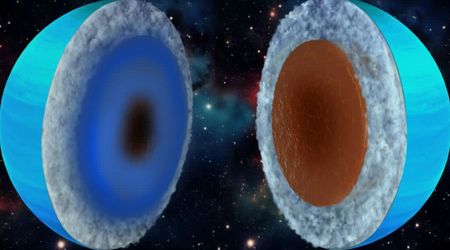Astronomers discover star with a powerful magnetic field and an activity cycle 10 times faster than our Sun’s

A star remarkably similar to our Sun but far younger has revealed an extremely rapid magnetic reversal cycle, completing a full switch of its magnetic poles in less than three years, a rate nearly ten times faster than the Sun's 22-year rhythm, according to Leibniz Institute for Astrophysics Potsdam.

Scientists at the Leibniz Institute for Astrophysics Potsdam (AIP) have successfully charted the magnetic lifecycle of Iota Horologii (ι Hor), a 600-million-year-old star located about 56 light-years away. The full findings were published in the journal Astronomy & Astrophysics. The star, which spins and flares with significantly greater vigor than our 4.6-billion-year-old Sun, provides an unprecedented window into the evolution of stellar magnetic dynamos. Using the HARPS polarimeter at the European Southern Observatory’s La Silla Observatory in Chile, researchers amassed data over six observing seasons. An advanced mapping technique, Zeeman Doppler Imaging (ZDI), converted these observations into 18 detailed magnetic field maps across 140 stellar rotations.

The most striking revelation is ι Hor's rapid magnetic heartbeat: its north and south magnetic poles completely reverse polarity and return in just 773 days (a little over two years). This hyper-fast cycle dramatically contrasts with the Sun's more sedate, decades-long reversal. Furthermore, the team created the first-ever "magnetic butterfly diagrams" for a star other than the Sun. These diagrams, which on the Sun track the migration of sunspots, for ι Hor map the movement of its magnetic regions, demonstrating how they drift poleward and equatorward during the cycle.
These diagrams allowed scientists to measure the colossal surface flows driving the magnetic activity. The magnetic field regions are migrating at speeds comparable to high-speed trains (15–78 m/s) toward the poles and at average car speeds (9–19 m/s) toward the equator, flows substantially quicker than those observed on the Sun. This marks the first direct measurement of such flows on an external star.

"These results offer a critical benchmark," stated lead investigator Dr. Julian Alvarado Gómez. “By comparing ι Hor’s rapid magnetic cycle and strong activity to the Sun’s more leisurely 22-year rhythm, we gain deeper insight into how factors like rotation rate and age influence magnetic evolution.” The star’s magnetic activity governs phenomena like powerful flares and stellar winds, which can dramatically influence the atmosphere and surface conditions of orbiting planets. Given that ι Hor hosts at least one known exoplanet, the findings are vital for assessing the habitability of worlds around young, Sun-like stars.

The search for life beyond our solar system has received a significant boost. New analysis of data from NASA's retired Kepler space telescope suggests that roughly half of all stars with temperatures similar to the Sun could host a rocky planet capable of maintaining liquid water on its surface, as mentioned on NASA's official site. This finding brings humanity one step closer to answering the long-standing question of how many of the confirmed exoplanets, planets outside our solar system, might harbor life.
More on Starlust
NASA just confirmed 6,000 alien worlds—and 8,000 more waiting to be verified
Astronomers in search of habitable worlds rule out atmospheric scenarios on exoplanet TRAPPIST-1e









